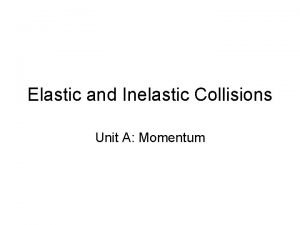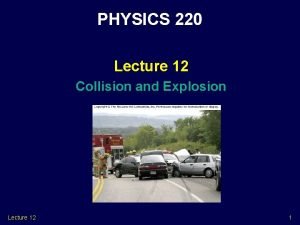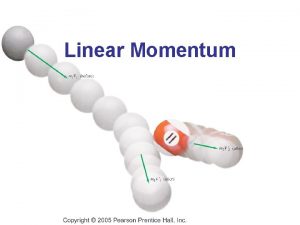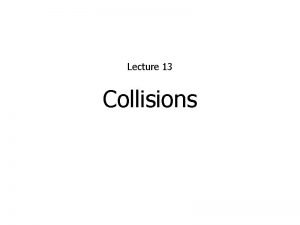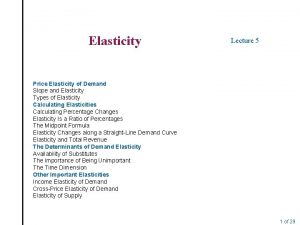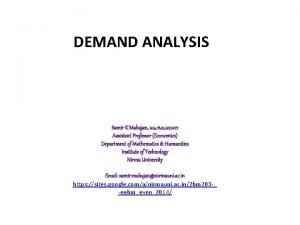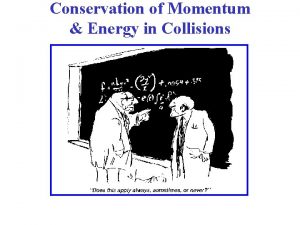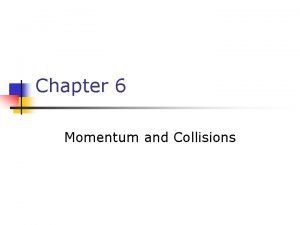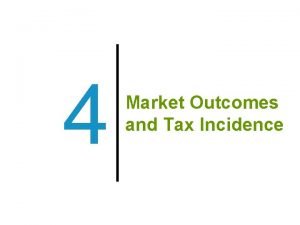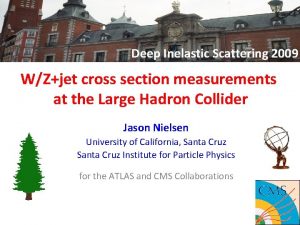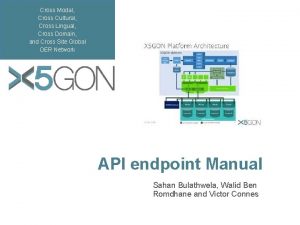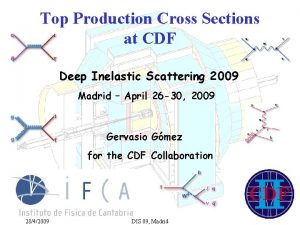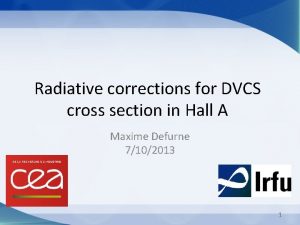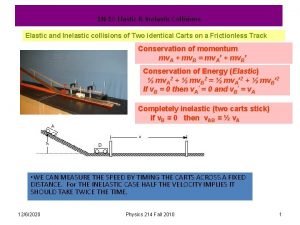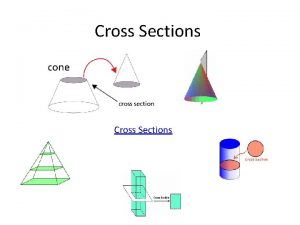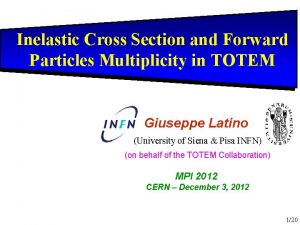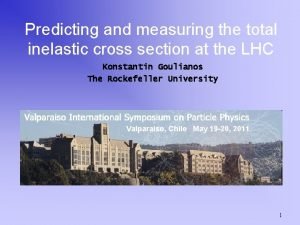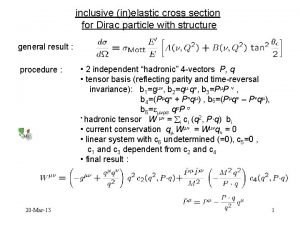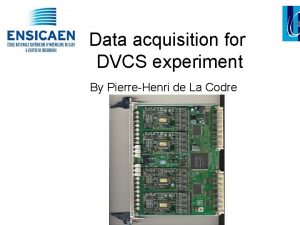Deep Inelastic cross section for the DVCS experiment

















- Slides: 17

Deep Inelastic cross section for the DVCS experiment Maxime DEFURNE CEA-DSM-Irfu-SPh. N 1

Why Deep Inelastic Scattering • During the most part of the DVCS experiment, Trigger = Cerenkov + Scintillator 2 • Extraction of DIS cross section to check the HRS, its experimental data and globally the quality of the runs. 2

Extraction Correction Estimation of systematic error Cerenkov Efficiency 99. 5% 1% S 2 Efficiency 99. 9% Negligible Multi-track events Deadtime Charge About 10% Between 7% and 25% 3700 C 0. 9% 3

Deadtime correction • Huge unstability of deadtime! That’s why correction applied run by run. 4

Selection of good events • Simulated acceptance of HRS ->Cuts defined by the match between experiment and simulation. • Contamination by pions ->Cut on the energy deposit in the pion rejector. 5

6

Cut on pion rejector • Necessary to remove contamination from pions which can represent about 10% of events. 7

Computed cross section • Use the simulation of the HRS acceptance from the experiment E 97110 with updated transport functions. • Use a program from Alexandre Deur to calculate DIS cross section from structure functions of proton 8

Computed cross section c e E Sp S R L-H E beam E_bs s E_p r ato lim Col Scattering Chamber 9

Computed cross section Generate a vertex (x, y, z, phi, theta) External a Generate Radiative vertex correction E_bs (x, y, z, phi, theta) External Radiative Correction E_spec Virtual Radiative Corrections Compute Cross section associated to this event Calculate E_ps Reconstruc t the vertex Test Collimator-HRS 10

Unstable deadtime -> Deadtime very unstable -> Cross section quite stable thanks to the run by run correction. 11

Miscalculated deadtime => Jump of the cross section sometimes due to miscalculated deadtime. => Is there an other way to calculate the deadtime? 12

Results Kinematics Experimental Cross section Computed Cross section Difference Kin 1 low 10. 21 9. 81 4. 1% Kin 1 high 61. 44 59. 65 3% Kin 2 low 15. 43 14. 63 5. 5% Kin 2 high 32. 66 31. 53 3. 6% Kin 3 low 8. 2 7. 57 8. 3% Kin 3 high 18. 2 17. 9 1. 7% 13

Kin 3 low • Cerenkov Threshold changed at run 8205. 14

Kin 3 low : No collimator • Extracted and computed cross section with cuts in the center of the acceptance: Computed cross section at 7. 8 nbarn/Ge. V/sr. Experimental cross section at 8. 2 nbarn/Ge. V/sr ->Reduced the difference from 10% to 4. 5 %. 15

Summary • Kin 3 low was running without collimator. • Impact on the cross section of the cerenkov threshold change. • Miscalculation of deadtime using T 5, T 7, T 10 for some specific runs. 16

Perspectives • Determine precisely the consequences of the Cerenkov threshold change. • Use Rfunction to apply better cuts on vertex. • Study the multi-tracks events correction. 17
 Elastic vs inelastic vs perfectly inelastic
Elastic vs inelastic vs perfectly inelastic What makes some collisions elastic and others inelastic
What makes some collisions elastic and others inelastic Deep asleep deep asleep it lies
Deep asleep deep asleep it lies Deep forest towards an alternative to deep neural networks
Deep forest towards an alternative to deep neural networks 深哉深哉耶穌的愛
深哉深哉耶穌的愛 Explosion collision physics
Explosion collision physics Elastic collison
Elastic collison Inelastic collision examples
Inelastic collision examples Perfectly elastic collision
Perfectly elastic collision Elasticity measures
Elasticity measures A perfectly inelastic demand schedule
A perfectly inelastic demand schedule Elasticity of supply
Elasticity of supply Perfectly inelastic demand
Perfectly inelastic demand Consumer surplus and producer surplus
Consumer surplus and producer surplus How do we know momentum is conserved
How do we know momentum is conserved Momentum between two objects
Momentum between two objects Perfectly inelastic collision definition
Perfectly inelastic collision definition Consumer surplus inelastic demand
Consumer surplus inelastic demand
